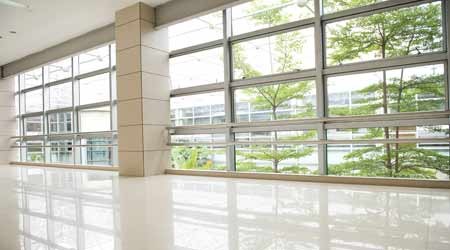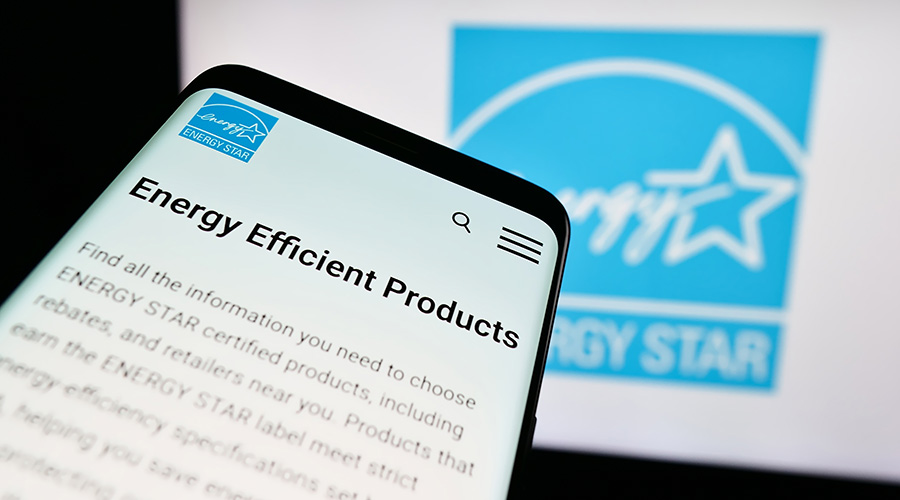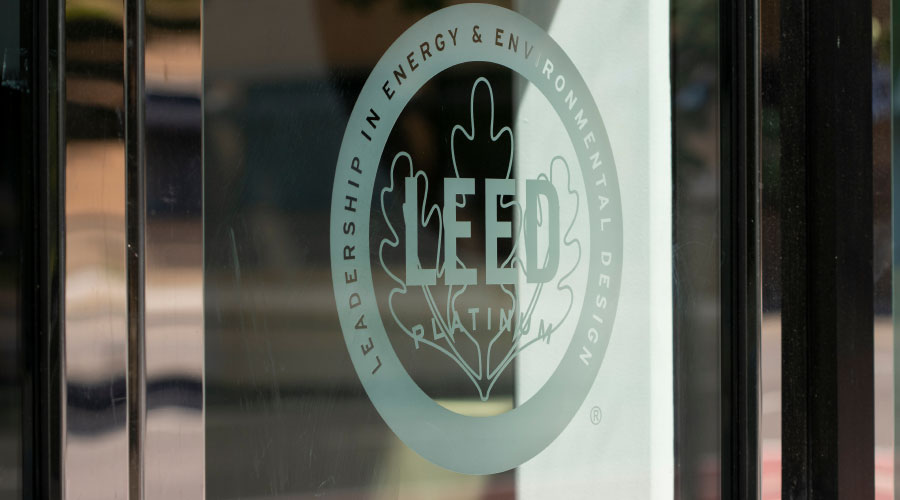Health and Wellness: Keeping Occupants Happy, Productive
Focusing on sustainability increasingly means focusing on health and wellness. And rating systems like Fitwel and WELL are helping facility managers implement impactful health and wellness strategies that result in healthier, happier, more productive occupants.
Implementing operating strategies that focus on the health and wellness of building occupants is increasingly critical to keeping occupants happy, safe, and satisfied with their workplace. As more people recognize the importance of health and wellness in the built environment, building rating systems that provide a framework for health and wellness, like The WELL Building Standard (WELL) and Fitwel, have garnered more interest and support. While these certifications and other health-related programs for employees come at a cost, there are unexpected benefits not only for building occupants, but also for the bottom line.
Our overall health is dictated by the surrounding environment and how that environment interacts with personal, genetic, and behavioral factors to affect our well-being. Because much of our time is spent indoors, the places where we live, work, and play all have an impact on our health, mental well-being, weight, physical fitness, quality of life, productivity, and sleeping patterns, to name a few. In today’s economy, work looks vastly different than it did a century ago, with rising focus on “knowledge work” (i.e., office professionals) and decreased demand for “industrial work” (i.e., factory workers). According to the Annual Review of Sociology’s The Knowledge Economy, this shift in work demand has made preventable chronic diseases and illnesses — more common to office professionals — a larger cost to employers and the economy compared to health and safety concerns common to industrial workers, like acute workplace injuries and occupational diseases. This overall shift is one of the factors that has led the real estate market to refocus on health and wellness.
Understanding WELL and Fitwel
There are many rating systems, codes, and standards used in the real estate industry for measuring a building’s performance in sustainability for design and construction and efficiency of operations and maintenance. Many of the sustainability-focused rating systems, codes, and standards — like Leadership in Energy and Environmental Design (LEED), Living Building Challenge (LBC), Green Globes (GG), the International Green Construction Code (IgCC), and the National Green Building Standard (NGBS) — incorporate health and wellness into their requirements. Some incorporate small measures of health and wellness like limits for volatile organic compounds, encouraging natural lighting, banning known carcinogens, and improving ventilation; others explicitly have categories for health and happiness, equity, and beauty. But none, until recently, focused solely on health, wellness, and human productivity.
WELL and Fitwel are the first and only rating systems focused holistically on human health and wellness. Like the U.S. Green Building Council’s LEED, WELL and Fitwel enable projects to show their health and wellness achievements by meeting prescribed thresholds.
WELL was created in 2014 with the purpose of advancing buildings to help people work, live, perform, and feel their best. It explores how design, operations and behaviors within the places where we live, work, learn and play can be optimized to advance human health and well-being.
Administered by the International WELL Building Institute (IWBI) and certified by Green Business Certification Inc. (GBCI), WELL is grounded in a body of medical research that explores the connection between the buildings where we spend more than 90 percent of our time, and the health and wellness impacts on us as occupants. It marries best practices in design and construction with evidence-based medical and scientific research – harnessing the built environment as a vehicle to support human health and well-being.
WELL is comprised of seven concepts with 102 possible features known as preconditions and optimizations. The seven concepts of WELL are air, water, nourishment, light, fitness, comfort, and mind. Preconditions and optimizations are applicable based on building type. Project typologies include new and existing buildings, new and existing interiors, and core and shell, with pilot programs in retail multifamily residential, educational facilities, restaurants, and commercial kitchens. Additionally, each feature of the WELL Building Standard is ascribed to the human body systems that are intended to benefit from its implementation. This enables project teams to classify the intended benefits of each WELL feature and develop a comprehensive set of strategies. WELL projects can achieve WELL Silver, Gold, or Platinum certification.
Fitwel is a newer health and wellness rating system, having gone public in 2017, based on the idea that all office facilities can be improved through specific, incremental changes into healthier places to work, regardless of their size, age, and location.
The US Centers for Disease Control and Prevention and the General Services Administration led the development of Fitwel, garnering input from experts in public health and design and reviewing over 3,000 scientific studies. The Center for Active Design now acts as the operator and certification body for Fitwel, leading its adoption and future development.
The Fitwel rating system is most applicable to existing buildings in five project types: multi-tenant base building, multi-tenant whole building, single-tenant building, commercial interior space, and multi-family residential. Fitwel is broken into 12 sections: location, building access, outdoor spaces, entrances and ground floor, stairwells, indoor environments, workspaces, shared spaces, water supply, cafeterias and prepared food retail, vending machines and snack bars, and emergency procedures. These 12 sections are comprised of 63 evidence-based design and policy strategies addressing a broad range of health behaviors and risks. The strategies are linked to seven distinct health impact categories: impacts community health, reduces morbidity and absenteeism, promotes social equality for vulnerable populations, increases physical activity, promotes occupancy safety, provides healthy food options, and instills feelings of well-being. By achieving the Fitwel strategies, projects can benchmark their progress towards health and wellness or achieve a rating of one, two, or three stars.
Sustainability and wellness
The commercial real estate market has evolved to make green buildings the new norm, and it makes sense that this industry would embrace the next phase of sustainability — human health and wellness — both as a mechanism for differentiation in the market and as a means to improve occupant satisfaction. To help streamline the adoption of this next phase, both WELL and Fitwel have developed crosswalks. Crosswalks help to identify synergies between the human health rating systems and other green building rating systems through streamlined documentation.
WELL has published four crosswalks with other standards including LEED, Green Star (Australia), BREEAM, and the Living Building Challenge. The LEED and WELL crosswalk connects the dots between LEED v4 BD+C, LEED v4 ID+C, LEED v4 O+M, and the WELL Building Standard. The crosswalk shows the extent to which actions needed to achieve a specific LEED credit also meet the requirements of a WELL credit, and vice versa. The LEED credits and WELL features can either be equivalent, meaning all requirements are met; partial, meaning some requirements are met; or aligned, meaning intent is the same but none of the requirements are met. For example, the LEED BD+C credit Surrounding Density and Diverse Uses partially fulfils WELL feature 67: Exterior Active Design.
The Living Building Challenge and WELL crosswalk is based on Living Building Challenge v3.1 and WELL v1 (Q2 2017) and is structured similarly to the LEED crosswalk. But unlike the LEED-to-WELL connection, it may take the achievement of several WELL features to equate to one Living Building Challenge imperative.
Fitwel’s crosswalks are identified on their Fitwel scorecard worksheets and reference LEED v2009, LEED v4, and BREEAM. These crosswalks are listed as “or” options, meaning that you can pursue the compliance path as outlined within the Fitwel strategy requirements or you can provide documentation showing the award of a specific rating system credit. For example, the Fitwel strategy Building Access 2.2: Conduct an Annual Occupant Commuter Survey, can be achieved by gaining approval of LEED v4 O+M: Existing Buildings LT credit for Alternative Transportation Option 1.
Related Topics:













